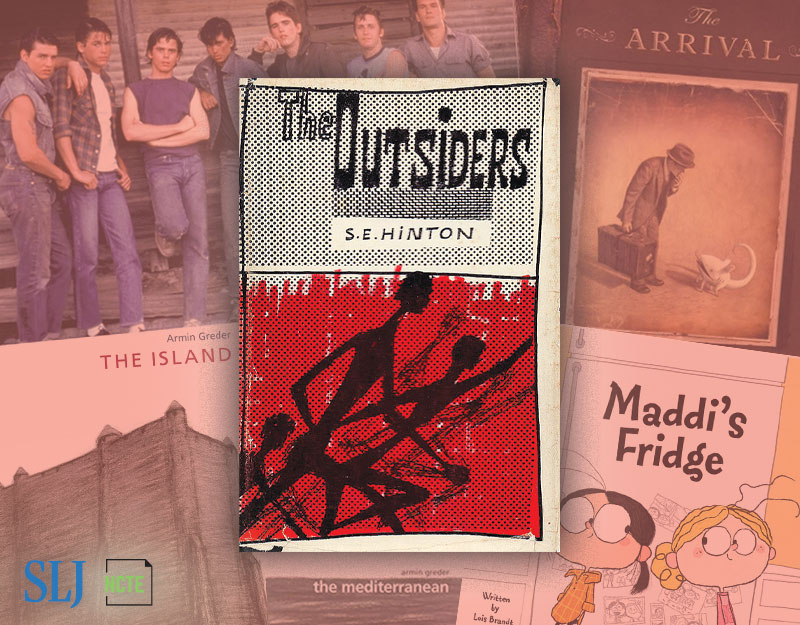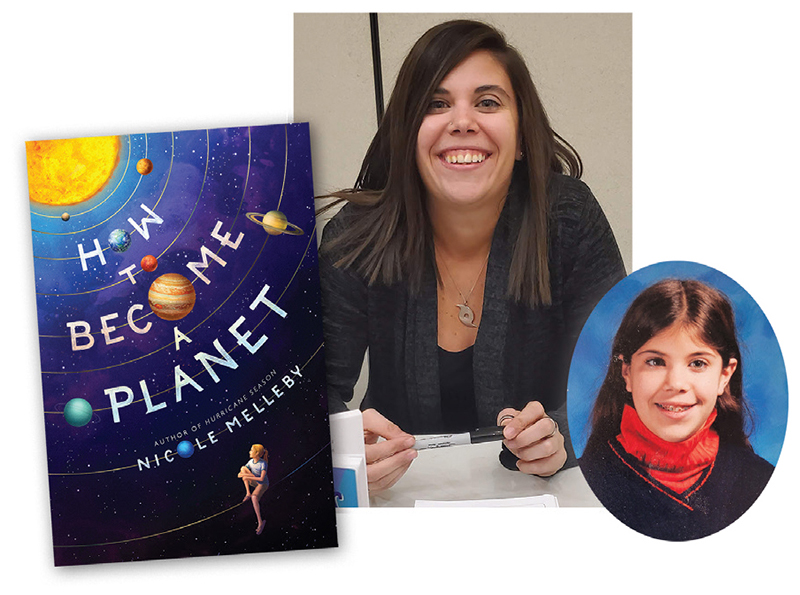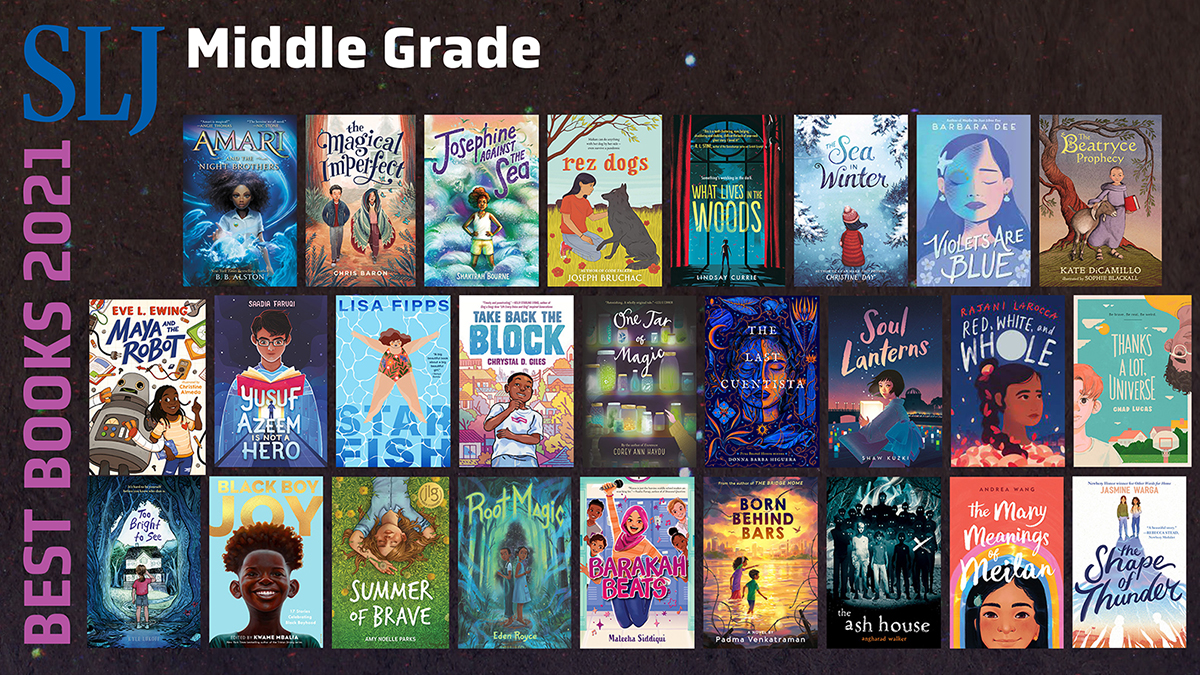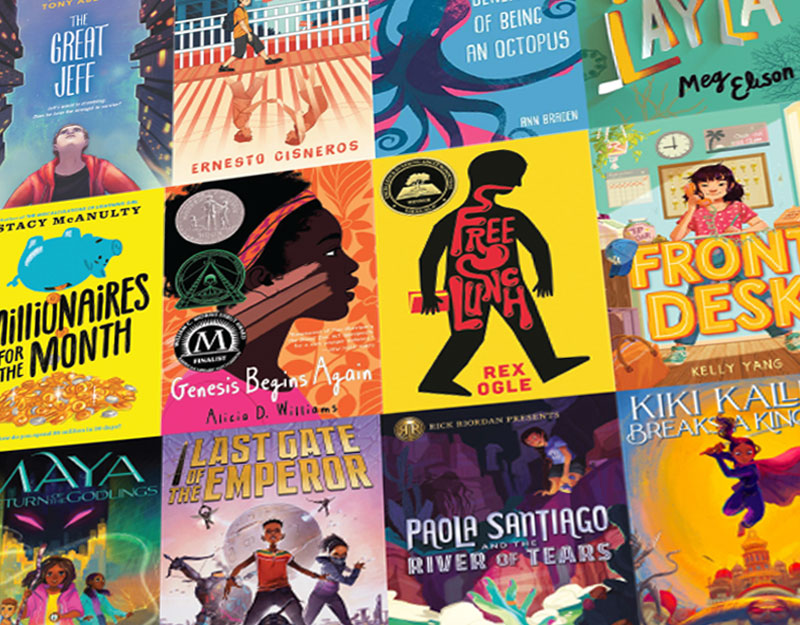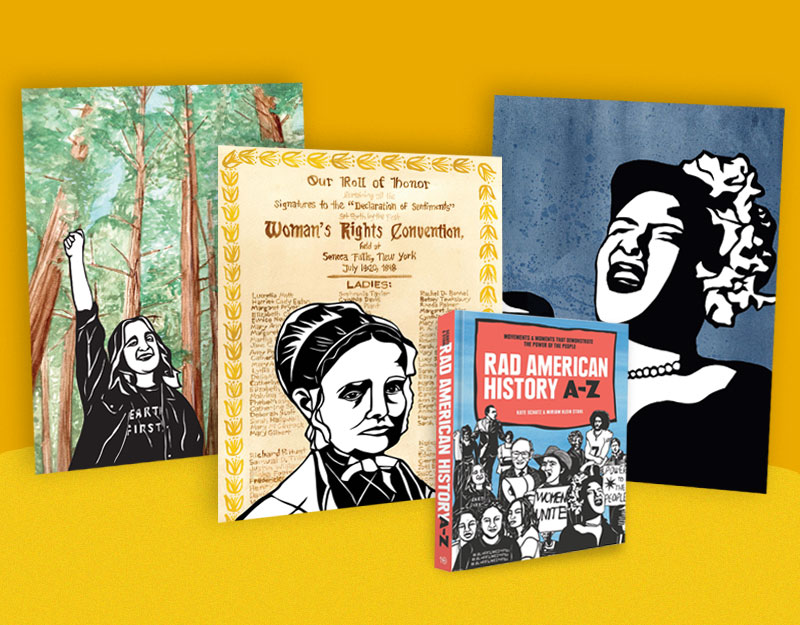Saying Goodbye to the “Not Like Other Girls” Girl, a guest post by Alexene Farol Follmuth
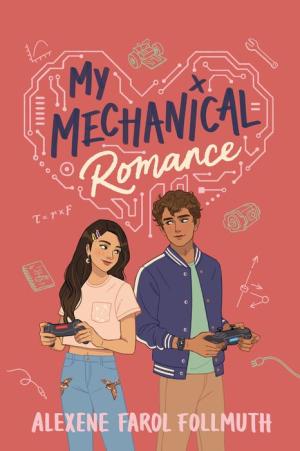
There’s something in economics called the fallacy of scarcity, which is the erroneous mindset that there is not enough of something to go around. It suggests that in a male-dominated field, for example, women must tear each other down in order to be one of the few who gets ahead. This is a fallacy primarily because, in most cases, there’s no inherent reason that only a few women should succeed compared to men; in a more just world, meritocracy would be gender-blind. Of course, in practice we know this isn’t true, but it still changes our behaviors, positioning us as rivals when there’s no logical reason to believe that such a rivalry would help.
That same skewed concept of scarcity permeates even our fictional narratives, especially in media designed for consumption by teenage girls. In romance, it’s the idea that there are only a few good men (arguably true) and therefore we are all competing against each other for them (definitely false). From my little crow’s nest of Great Age and Maturity, I’d like to firstly point out that this is not how relationships work. You simply do not win someone’s affection by possessing a list of qualities that other women don’t have. That’s issue number one. But add in the ol’ fallacy of scarcity—aka the idea that you are competing with other girls and therefore you must be different and better in order to “win” the object of your affections (who is, for simplicity’s sake, a boy)—and suddenly the whole thing becomes a lot more insidious.
ADVERTISEMENT
ADVERTISEMENT
Enter the Not Like Other Girls girl—or the NLOGG, for short. You know the one. She’s a cool girl. She can hang with the guys when the other girls take themselves too seriously or don’t get their jokes. She’s not into frivolous things like the paranormal romances that other girls like or the boy band pop that other girls listen to. She doesn’t fuss over what she eats (she would never order a salad, ew) but somehow, by pure force of will, she’s unselfconscious and skinny. She’s tough! She’s strong! She’s not looking for commitment and she certainly doesn’t care about love. She’s beautiful, but of course she doesn’t know she’s beautiful, which is what makes her so beautiful. This girl doesn’t concern herself with make-up or fashion.
She’s just… not like other girls.
In fiction, the NLOGG is an aspiration. In reality, she’s the mentality that unnecessarily pits girls against each other. Her existence suggests that there is more or less value in the way you are a girl—as if there is a way to do it wrong, or conversely, to do it better. But consider this: why should caring about your looks be a sign of stupidity or vapidness when there are entire industries devoted to making women—and especially teen girls—feel ugly or fat or generally imperfect? This is worse for women of color who are underrepresented and criticized for their otherness, and on the whole, girls are targets for a marketplace of self-hatred. Adding in the internal misogyny of “I am better than this girl because my desirability meets a heteronormative standard of acceptability and hers does not” means the NLOGG creates an even more impossible standard for perfection—that you should be perfect without trying.
The NLOGG is also typically a “cool girl,” as in someone who does not have emotional needs. Translation: in order to be worthy of being loved, you must require as little as possible. Women are conditioned over and over, especially as teenage girls, to need less, to demand less, to ask for less. If the NLOGG is a model for how real girls should behave, then she’s functionally an island. She teaches us—falsely—that we are less valuable unless we can stand alone.
Let’s assume I’ve made a compelling argument and you’re nodding along up to this point. Now, of course, the natural question is what takes the place of the NLOGG? How do we make sure that we don’t sidestep into another reductive archetype (like the Strong Female Character™, a close cousin of the NLOGG)?
My hypothesis is simple. We allow the Not Like Other Girls girl to… be like other girls.
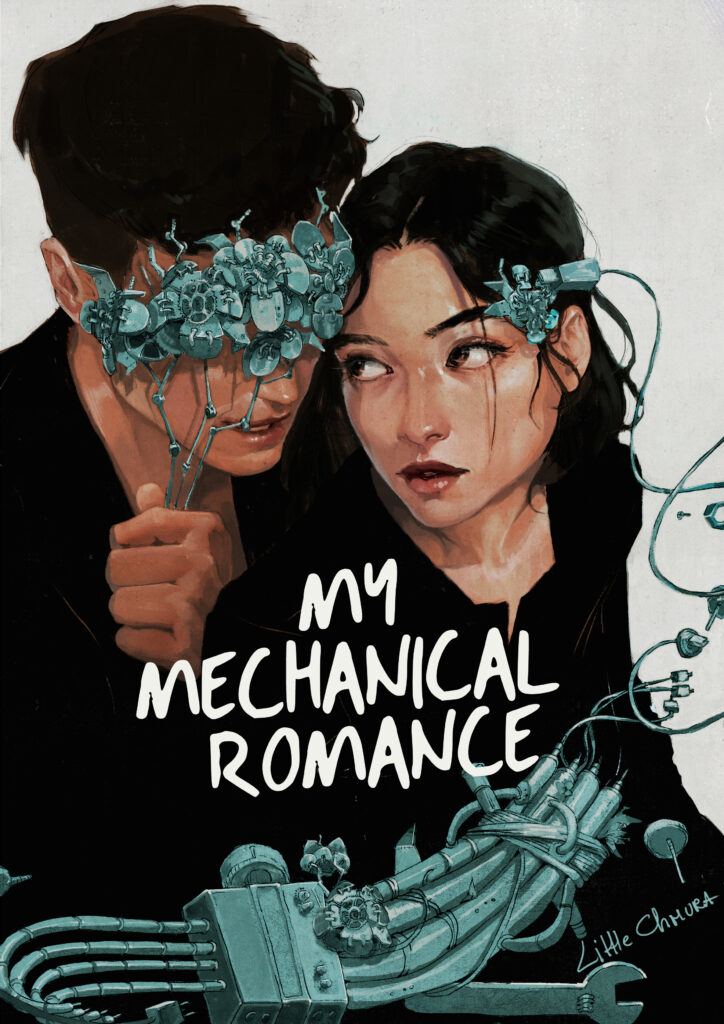
When I was writing Bel in My Mechanical Romance, I knew that even though the story was primarily about a romantic relationship, it was important for my heroine to have friends. I wanted her to have a circle of trusted women who could raise each other up, and I wanted her to find joy and intimacy with other girls who knew how to fight for each other and themselves. But I also knew that in order to show Bel’s experience truthfully as a woman in a male-dominated STEM field, I needed her to witness the falseness of the messaging that if there is another girl in the room, then only one of them can win. Microaggressions against a woman of color in a STEM subject are hard enough on their own; where Bel’s competency is routinely questioned, her male peers are given the benefit of the doubt, and that struggle could have been its own story if I wanted to write an isolated case of us-versus-them. But for me, it wasn’t enough to make Bel stand alone. I needed Bel to meet Neelam, another woman of color who shared none of Bel’s personality traits—not to prove that all girls must be friends, or to falsely portray feminism as a simple matter of being besties with every girl who crosses your path. I needed Bel to make assumptions about Neelam, to be wrong and discover her own error, and to ultimately choose to be a team with someone the world had positioned her to hate.
I needed to show one side of a narrative so that Bel and Neelam could see it, reject it, and write a better story themselves—one where they are like each other in at least one way.
It is my opinion that we should honor our feminine characters by expecting more from our fictional media. More truth, more sensitivity, more awareness—but, in my opinion, we can manifest this by expecting, in some senses, less. There is no universal woman (certainly no Perfect Woman) and thus, feminine protagonists in fiction should not all feel the same. They should be allowed to have flaws, and to grow as they go. And there shouldn’t be one girl who is so different from the others that only she can be the victor—which is in some senses expecting too much, and also implying all the fallacies above.
In the context of My Mechanical Romance, Bel and Neelam have very little in common. Bel is artsy and extroverted; Neelam is science-minded and aloof. Bel hates conflict; Neelam seeks it out. Neelam is ambitious and driven; Bel is whimsical and impulsive. But in the end, they are both better when they ignore the differences positioning them as rivals, and that’s what matters—that there is no wrong way to be an engineer, and no wrong way to be a girl. They can be victorious together if they choose to be on the same team.
The answer isn’t stronger female characters. It’s more of them. Not that there should be an array of feminine personalities because they need to be provided by the author, but because the world is already occupied by a wide variety of women who are deeply unique. We defy the principles of scarcity that say male characters should dominate our narratives by writing more women. By showing the world as it is, which is filled with incredible and interesting and different experiences. Basically, we don’t need the Not Like Other Girls girl because she does not exist—but we do, in all our multitudes. True diversity is about expressing reality, and the reality is that we all have a story.
I choose ours.
Meet the author
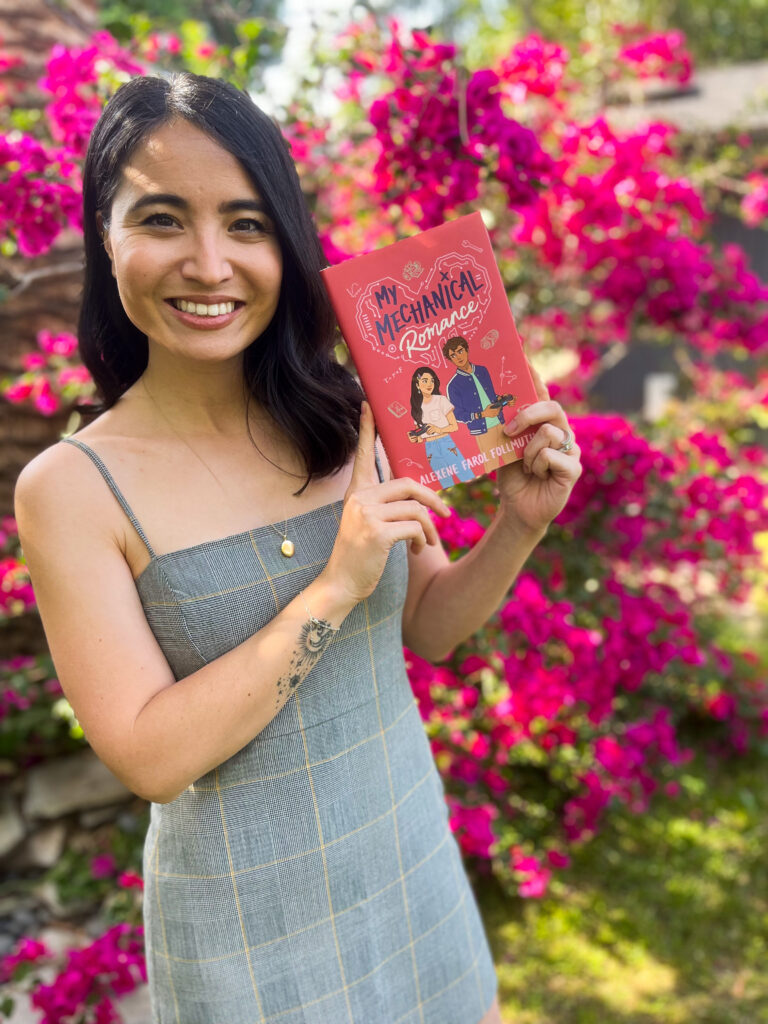
ADVERTISEMENT
ADVERTISEMENT
Alexene Farol Follmuth is a first-generation American, a romance enthusiast, and a lover and writer of stories. Alexene has penned a number of adult SFF projects under the name Olivie Blake, including the webtoon Clara and the Devil and the BookTok-viral The Atlas Six. My Mechanical Romance is her YA debut. She lives in Los Angeles with her husband, new baby, and rescue pit bull. Find her at alexenefarolfollmuth.com.
https://www.alexenefarolfollmuth.com/
https://www.instagram.com/afarolfollmuth
About My Mechanical Romance
Opposites attract in this battle-robot-building YA romance from the NYT best-selling author of The Atlas Six.
Bel would rather die than think about the future. College apps? You’re funny. Extracurriculars? Not a chance. But when she accidentally reveals a talent for engineering at school, she’s basically forced into joining the robotics club. Even worse? All the boys ignore Bel—and Neelam, the only other girl on the team, doesn’t seem to like her either.
Enter Mateo Luna, captain of the club, who recognizes Bel as a potential asset—until they start butting heads. Bel doesn’t care about Nationals, while Teo cares too much. But as the nights of after-school work grow longer and longer, Bel and Teo realize they’ve made more than just a combat-ready robot for the championship: they’ve made each other and the team better. Because girls do belong in STEM.
In her YA debut, Alexene Farol Follmuth, author of The Atlas Six (under the penname Olivie Blake), explores both the challenges girls of color face in STEM and the vulnerability of first love with unfailing wit and honesty. With an adorable, opposites-attract romance at its center and lines that beg to be read aloud, My Mechanical Romance is swoonworthy perfection.
A Junior Library Guild Gold Standard Selection
ISBN-13: 9780823450107
Publisher: Holiday House
Publication date: 05/31/2022
Age Range: 14 – 17 Years
Filed under: Guest Post
About Amanda MacGregor
Amanda MacGregor works in an elementary library, loves dogs, and can be found on Twitter @CiteSomething.
ADVERTISEMENT
ADVERTISEMENT
SLJ Blog Network
Zachariah OHora on PBS
Cover Reveal and Q&A: Dusti Bowling’s Latest – The Beat I Drum (Apr 2025)
Girlmode | Review
The Seven Bills That Will Safeguard the Future of School Librarianship
Gayle Forman Visits The Yarn!
ADVERTISEMENT



